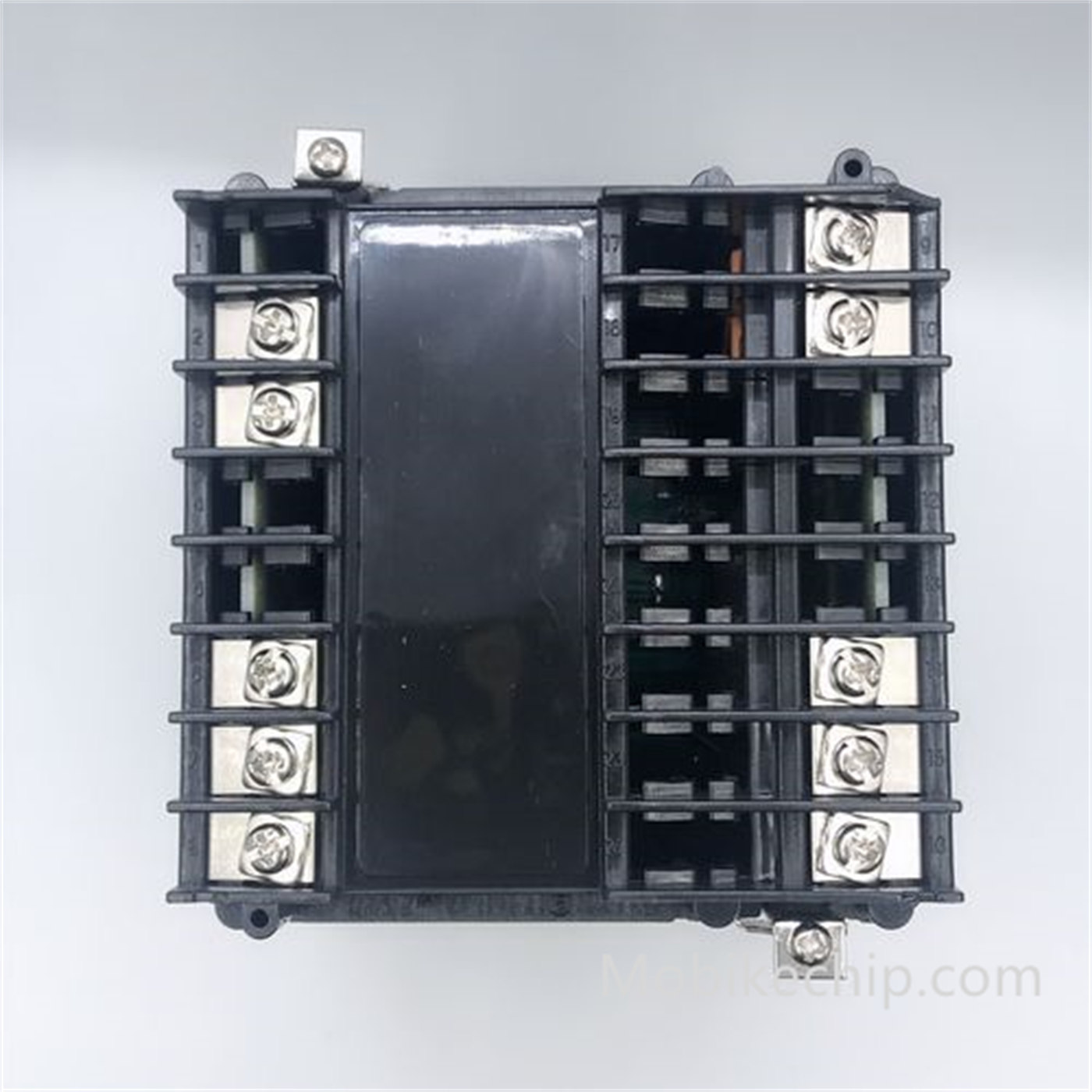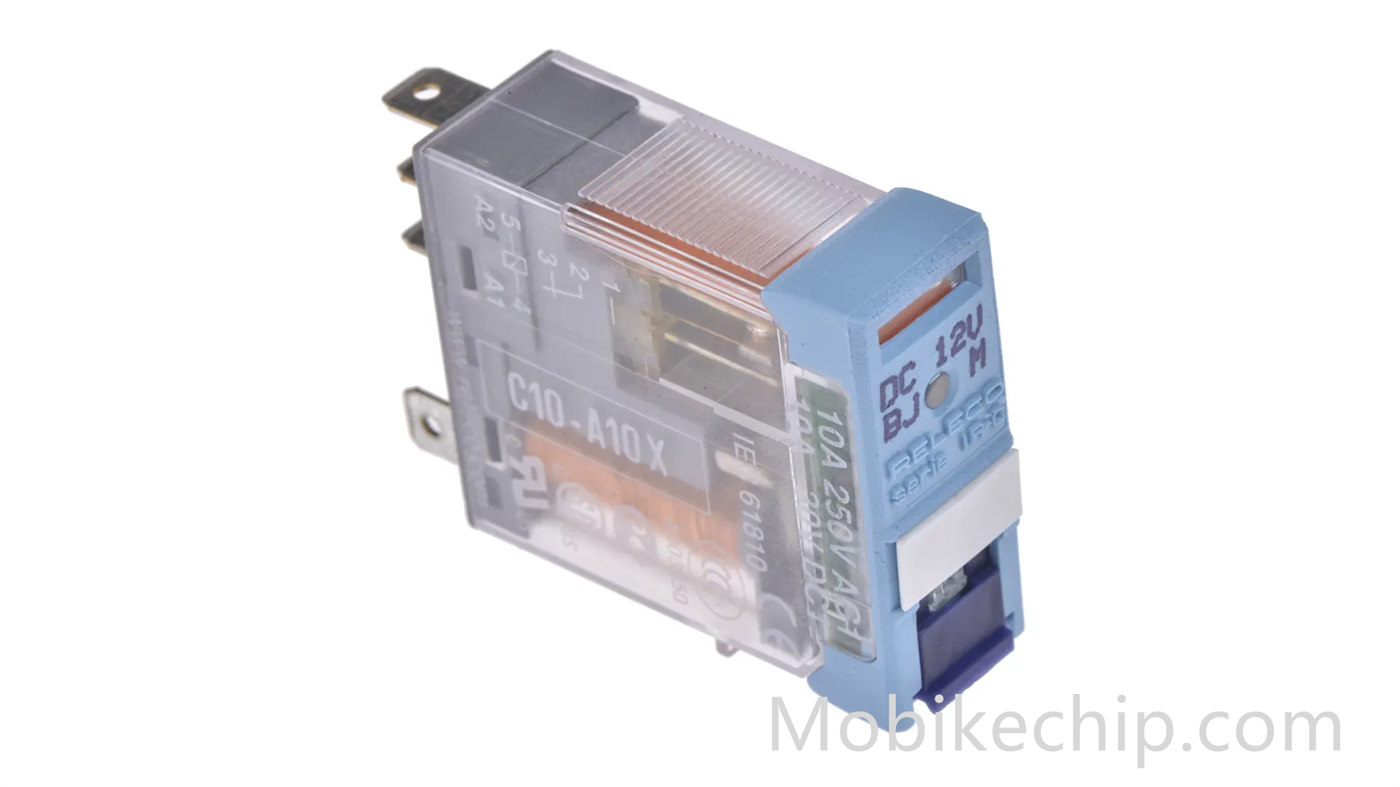How to bypass relay on a control board?
Relays are a common component in the control boards of electronic devices, used to control large currents through small currents to protect circuits and enable automatic switching of devices. However, in some cases, relays may fail, preventing the device from functioning properly. At this point, bypassing the relay may be a temporary solution to quickly restore device functionality.
As a professional electronic components company, MobikeChip is committed to providing customers with high-quality electronic components and technical support. In this article, we will introduce how to bypass the relay on the control board in detail, and analyze its applicable scenarios and precautions to help you solve the problem quickly in an emergency.
Why bypass the relay?
1. Common causes of relay failure
Coil damage: The coil is broken or short-circuited, resulting in the relay not being able to absorb.
Contact failure: oxidized, burned or sticking contacts, resulting in the circuit not being able to open and close properly.
Mechanical failure: spring failure or mechanical parts wear out, resulting in the relay not working properly.
2. Applicable scenarios for bypassing relays
Emergency repair: In case of relay failure and cannot be replaced immediately, bypassing the relay can temporarily restore the function of the equipment.
Test circuits: When debugging or testing circuits, bypassing relays can simplify operations and quickly verify that the rest of the circuit is working properly.
Special Needs: In some special applications, relay bypassing may be required to implement specific control logic.
Methods of bypassing relays
1. Direct shorting of contacts
If a relay contact failure prevents the circuit from being energized, the relay can be bypassed by making a direct short contact. The specific steps are as follows:
Disconnect power to the equipment to ensure safe operation.
Locate the relay contact pins (usually labeled “NO”, “NC” and “COM”).
Short the “COM” pins to the “NO” pins (normally open contacts) or the “NC” pins (normally closed contacts) using wire or solder, depending on circuit requirements. 2.
2. Using an external switch
If the relay is used to control a high current device, direct shorting of the contacts may be a safety hazard. In this case, an external switch (e.g., a pushbutton switch or toggle switch) can be used to replace the relay's function. The steps are as follows:
Disconnect power to the equipment to ensure safe operation.
Remove the contact pins of the relay from the circuit.
Connect an external switch to the circuit to replace the relay's contact function.
3. Using Solid State Relays
If a relay fails and cannot be replaced immediately, a Solid State Relay (SSR) can be used as a temporary alternative. Solid state relays eliminate the need for mechanical contacts and provide greater reliability and longer life. The steps are as follows:
Disconnect power to the equipment to ensure safe operation.
Remove the faulty relay from the circuit.
Install the solid state relay into the circuit and ensure that its input and output pins are properly connected.
Precautions for bypassing the relay
1. Safety first
Before bypassing the relay, be sure to disconnect the power supply of the equipment to avoid electric shock or short circuit. It is recommended to wear insulated gloves and use insulated tools during operation.
2. Confirm circuit requirements
Before bypassing the relay, be sure to understand the working principle of the circuit and the specific function of the relay to avoid damage to the equipment due to improper operation.
3. Avoid prolonged use
Bypassing a relay is only a temporary solution. Prolonged use may result in circuit instability or equipment damage. It is recommended to replace the faulty relay as soon as possible.
4. Check the load capacity
If the relay is used to control a high current device, bypassing the relay needs to ensure that the alternative solution (such as an external switch or solid state relay) can withstand the corresponding current and voltage.
How to prevent relay failure?
1. Periodic Inspection
Periodically inspect the relay and its connecting wiring to ensure that it is in good condition. If oxidized contacts or abnormal coil resistance are found, replace the relay promptly.
2. Select high quality relays
Choosing reliable and long-life relay products can effectively reduce the probability of failure.MobikeChip provides a wide range of high-quality relay products to meet the needs of different application scenarios.
3. Optimize circuit design
In the circuit design, reasonable selection of relay parameters (e.g. coil voltage, contact current, etc.) and addition of protection circuits (e.g. continuity diodes) can extend the service life of the relay.
Conclusion
Bypassing the relay on the control board is a temporary solution for scenarios such as emergency repair or circuit testing. However, long-term use may lead to circuit instability or device damage, so it is recommended to replace faulty relays as soon as possible.
MobikeChip always strives to provide customers with quality electronic components and solutions. If you encounter any problems in relay selection or use, please feel free to contact us, we will be happy to provide you with technical support and service!
Category page: https://www.mobikechip.com/static-category-detail/10732.html



Comments
Post a Comment